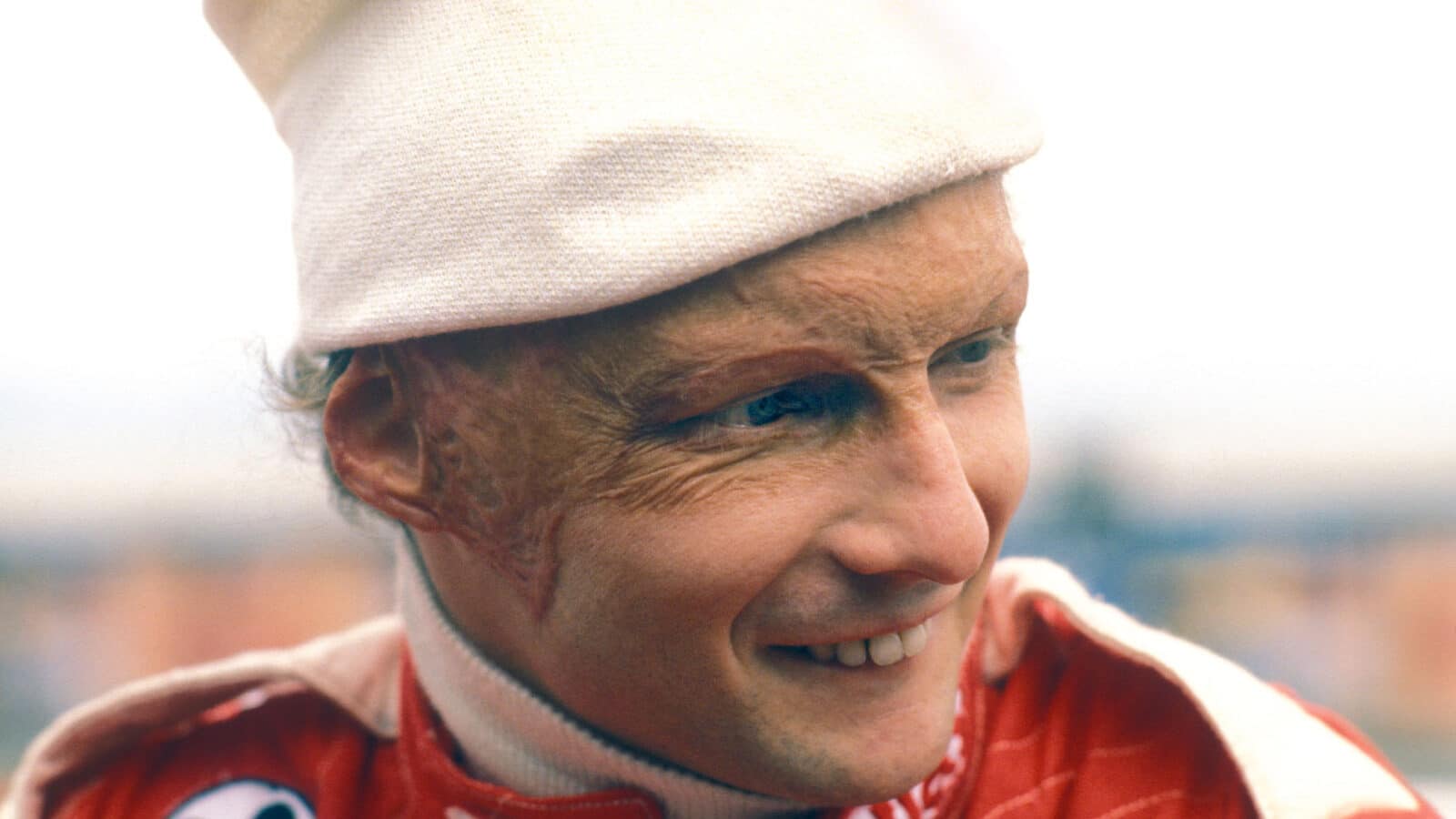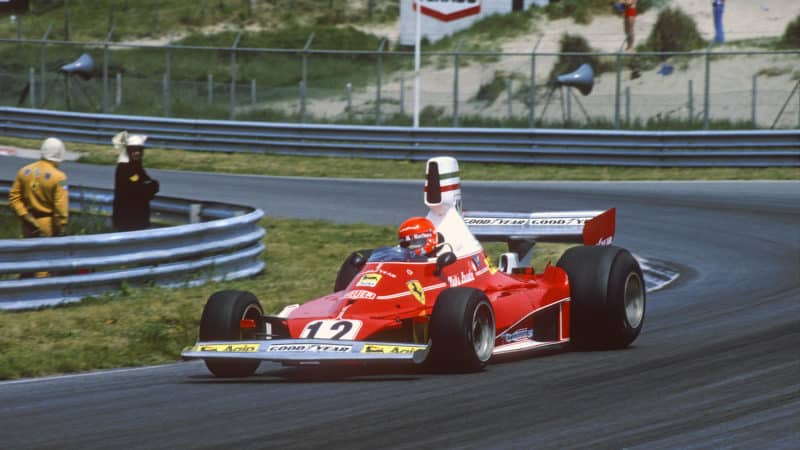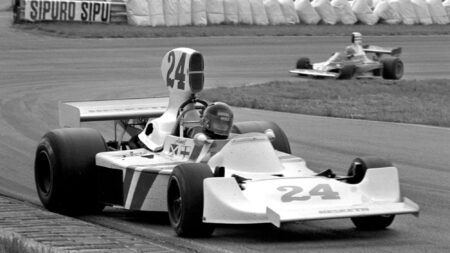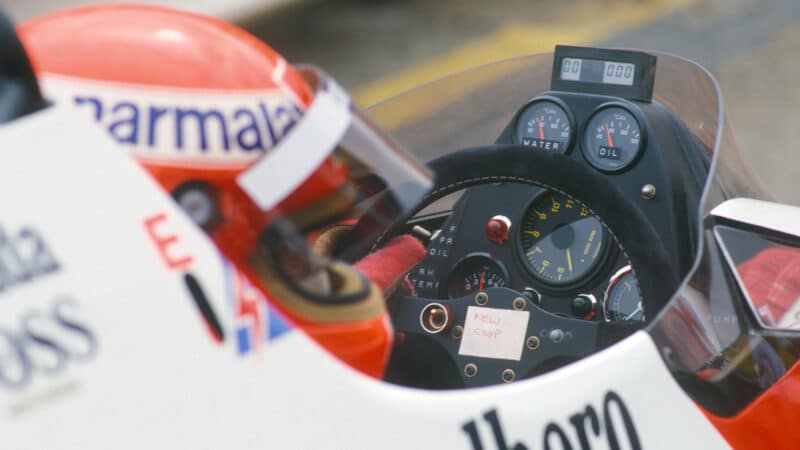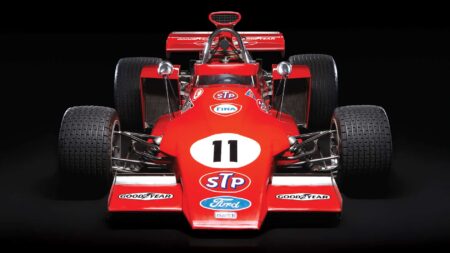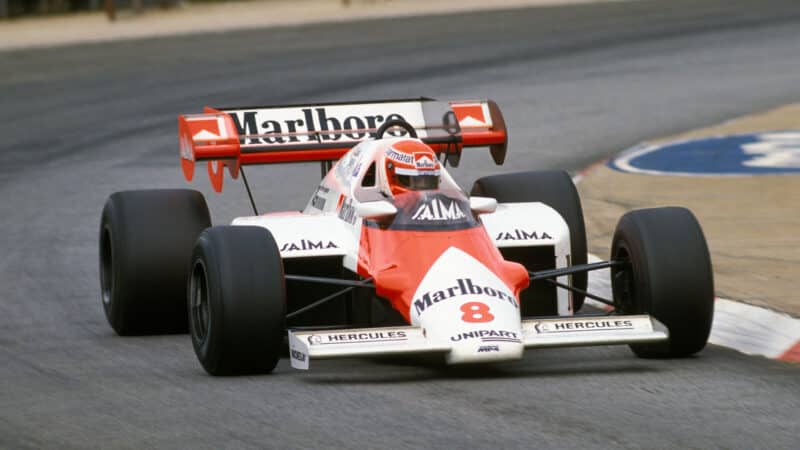Lauda quickly learned that heroes are not perfect when Peterson used his exceptional natural ability to drive around the problem without realising it and declared the car as perfectly OK. Lauda correctly thought it was rubbish – and said so. Such a forthright response didn’t repay any debts but it helped establish a reputation as a no-nonsense driver.
His signature on a Ferrari contract for 1974 marked a turning point away from financial worries and towards victories that would be the result of ruthless application – plus the sprinkling of good fortune required by even the most successful driver. He won his first title in 1975. But, 12 months later, his luck appeared to have run out – permanently.
The story of Lauda’s battle with James Hunt and his recovery from appalling burns at the Nürburgring have been so well documented that Hollywood director Ron Howard was prompted to make a movie. By focusing on the endless dramas of 1976, the storyline in Rush does not run as far as the 1977 South African GP, a victory Lauda considers one of his best, if not from a pure racing point of view, then for the conquering of a psychological mountain following the near-death experience just seven months earlier.
The relentless politicking associated with driving for Ferrari eventually took its toll, Enzo Ferrari being caught by surprise at a meeting in Maranello when Lauda said he did not want to stay any longer, issued a typically clipped ‘Goodbye’ and walked away.
By the time Lauda had reached Bologna Airport and his waiting jet, word was out. “You’ve got a delay of two hours,” said the air traffic controller, before adding with menace: “You left Ferrari, you bastard.” Thinking quickly – never a problem for Lauda – he gained immediate clearance by informing the controller that he was not deserting Italy since he was about to race for Alfa Romeo, the firm powering his new employer, Brabham.
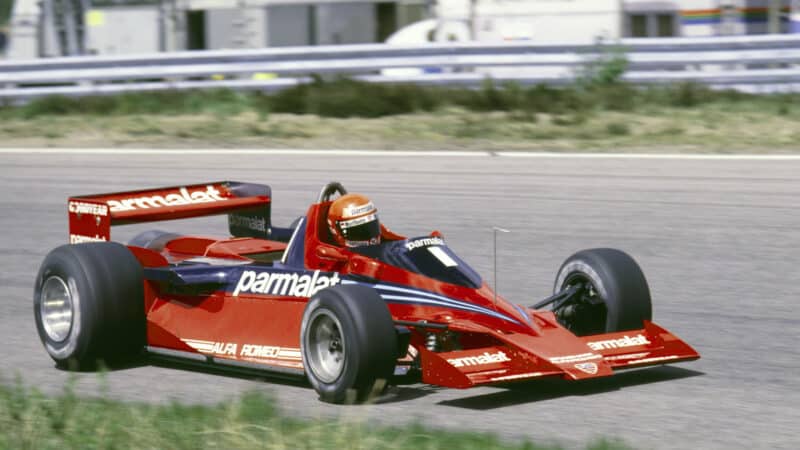
Lauda took first retirement after a short stint at Brabham
Grand Prix Photo
That relationship would be as up and down as the performance of the 12-cylinder motor. With two wins in 1978 and none likely the following year, Lauda quit halfway through first practice in Canada and flew immediately to Los Angeles to talk about aeroplanes and his new airline.
An accomplished pilot, Lauda had a licence to fly all of his aircraft as Lauda Air gained a fine reputation for order and efficiency, even if the contradictions continued as Captain Lauda habitually emerged from the cockpit wearing baggy jeans, sweatshirt and trademark red cap.
When he eventually purchased his first Boeing 777 for the Australia run, Lauda brought on board a fully trained chef, complete with white jacket and hat. He introduced a more practical policy by dividing the on-board lavatories into ‘male’ and ‘female’. “Very simple,” he explained. “Men’s aim is not so good and it cuts the cleaning bill.”
